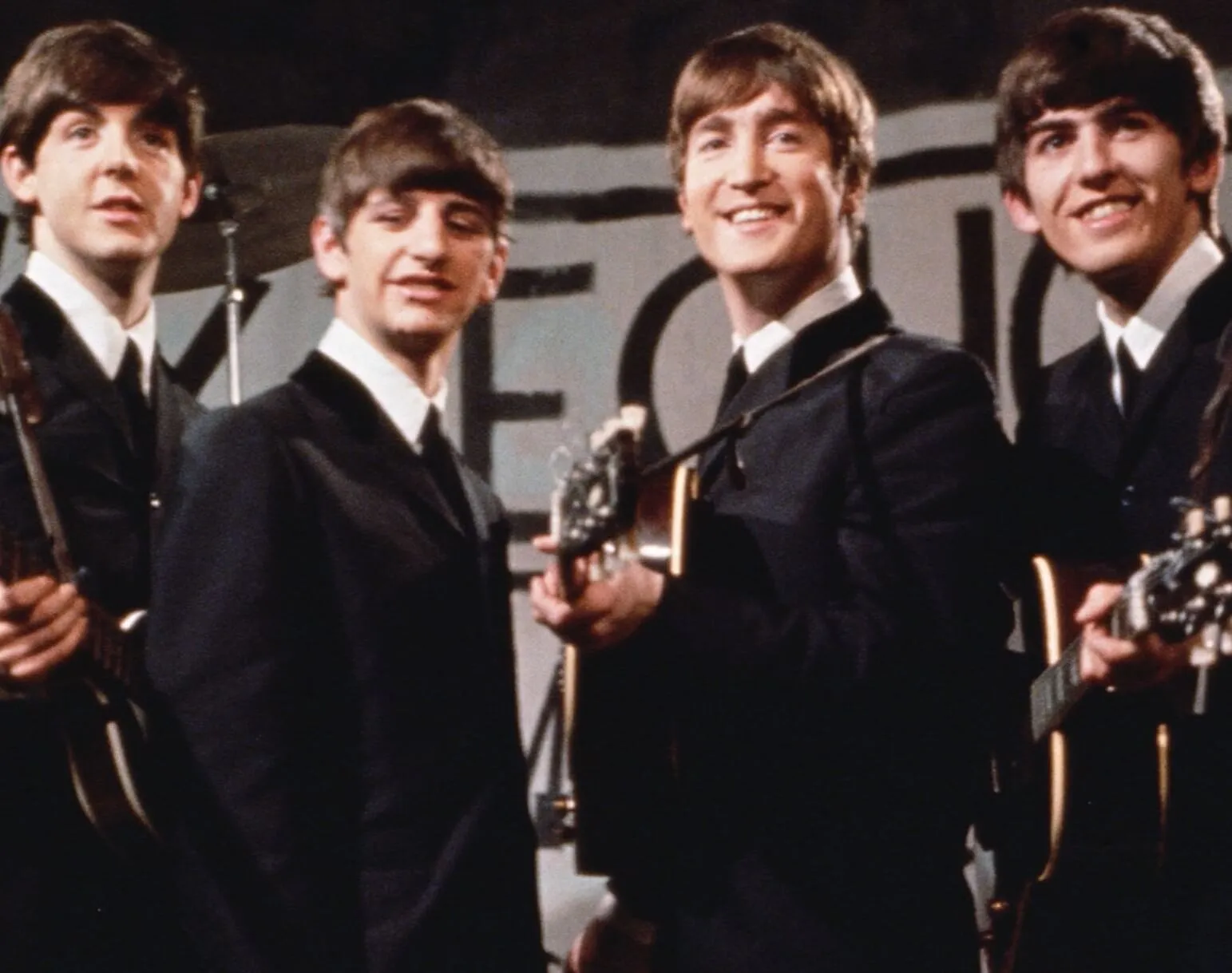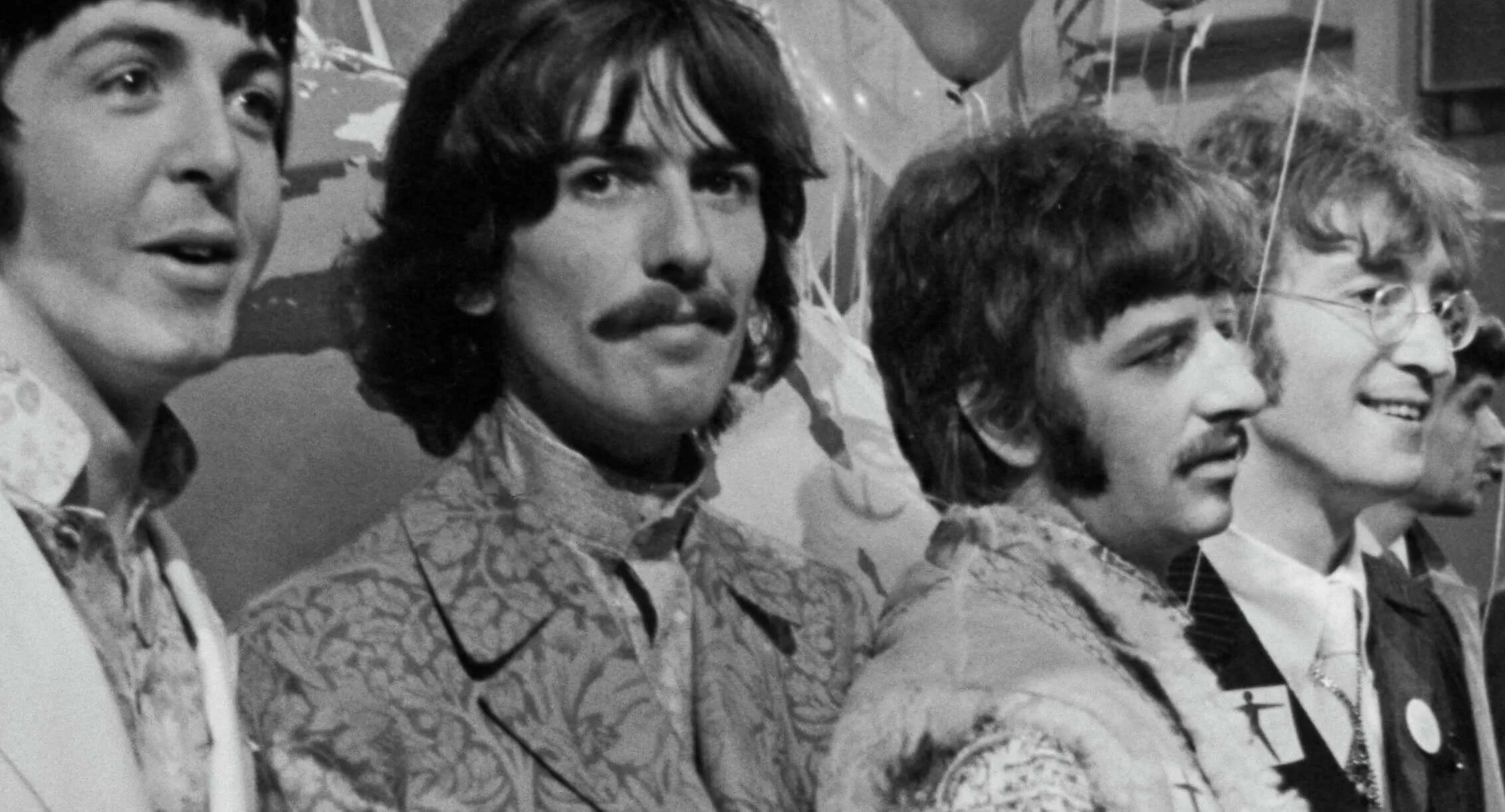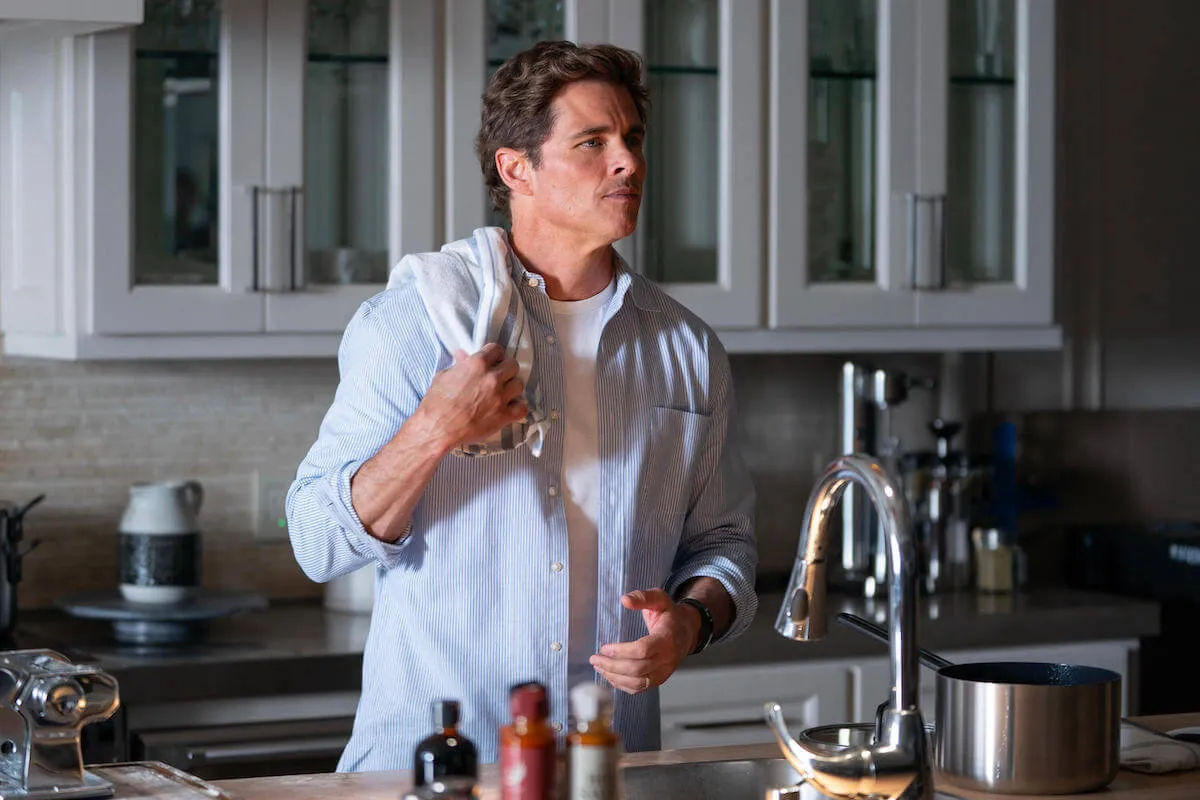‘Little House on the Prairie’: Melissa Gilbert Once Said Michael Landon Was Enraged By the Show’s Cancellation – ‘I’m Going to Blow the Whole F*cking Thing Up’
Melissa Gilbert rose to fame playing the central role of Laura Ingalls, or “Half-Pint,” on Little House on the Prairie from 1974-1984. Based on the Little House book series by Laura Ingalls Wilder, the popular NBC series starred Michael Landon as Charles Ingalls (Pa). Landon also served as a director for many of the show’s episodes, as well as an occasional writer and executive producer.
Naturally, the show meant a great deal to both Landon and Gilbert. When Landon first found out that the show might be canceled, he was enraged and felt betrayed, according to Gilbert’s 2009 memoir Prairie Tale.

Gilbert found out about the proposed cancellation from Victor French
By the time NBC began to consider canceling Little House on the Prairie, Gilbert could somewhat understand why. Ratings started to slip as the original Ingalls children – Gilbert as Laura, Melissa Sue Anderson as Mary, and Lindsay and Sydney Greenbush as Carrie – started to get older.
The storylines started to shift toward new characters and increasingly dire circumstances for Laura and Almanzo Wilder (played by Dean Butler). Gilbert wrote in Prairie Tale that she thought the show “jumped the shark” around this time. During the ninth season, after both Landon and Karen Grassle (who played Caroline Ingalls, or Ma) left, ratings continued to plummet.
Still, Gilbert was surprised when Victor French, who played Isaiah Edwards, called her in the spring of 1983 to tell her that the show was being canceled. Gilbert confirmed with Landon that Little House on the Prairie wasn’t listed as part of NBC’s fall lineup.
The fact that Landon hadn’t received an official call from an executive producer at NBC to let him know about “the fate of the show” made him feel angry and betrayed, Gilbert revealed. After all, the Bonanza star had been with the network since 1959.
“Perceiving disrespect, Mike’s temper redlined,” Gilbert claimed in her memoir. “He wanted to destroy all the sets – Walnut Grove, everything in Simi Valley. ‘I’m going to blow the whole f*cking thing up,’” he threatened.”
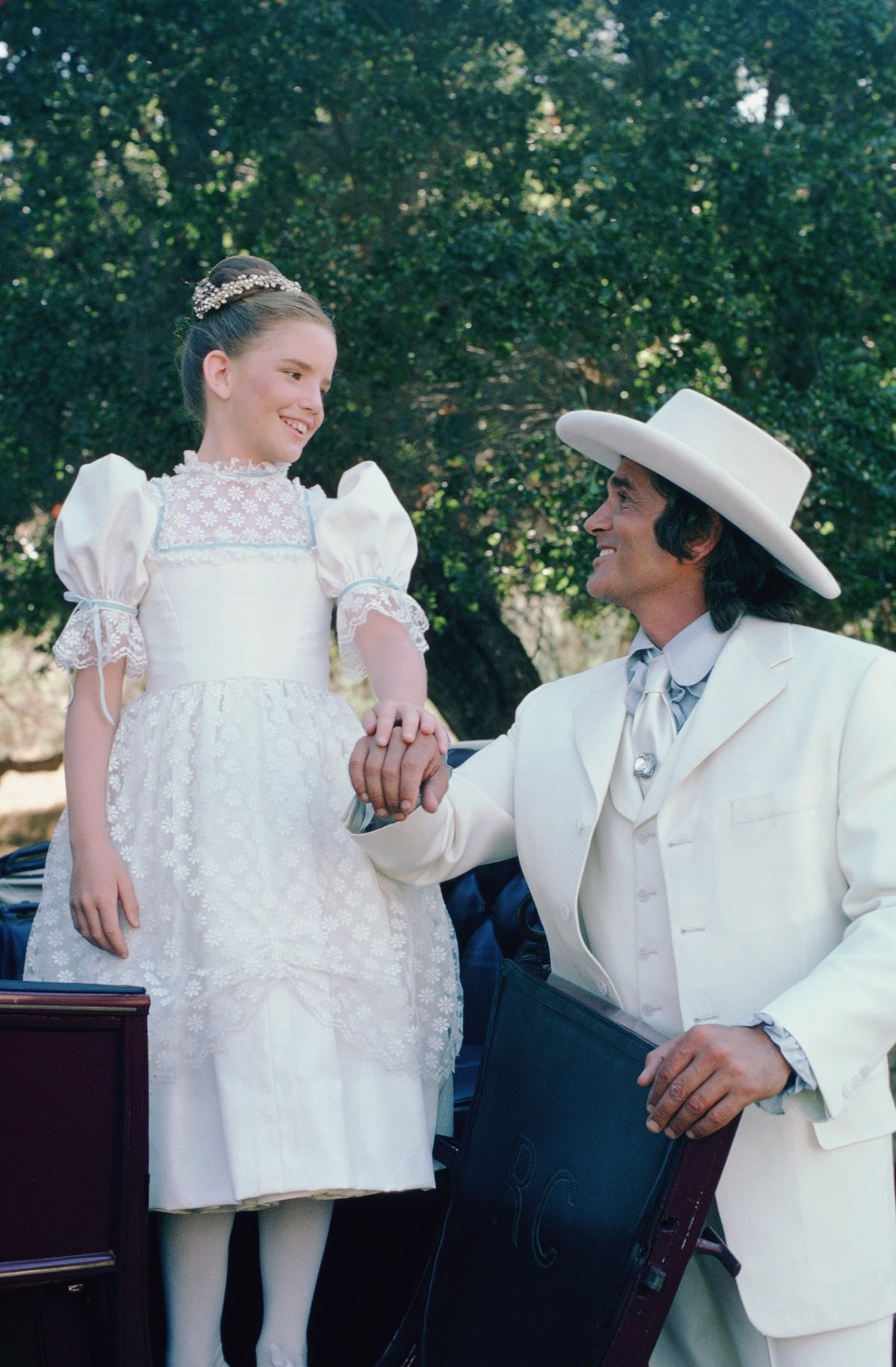
The last scene featured the townspeople of Walnut Grove blowing up their buildings
As it turned out, Walnut Grove was indeed “blown up” in the third and final Little House on the Prairie movie, The Last Farewell (1984).
Landon both wrote and directed the TV movie special. According to Gilbert, he included the climactic, bittersweet scene – in which the residents of Walnut Grove take dynamite to the buildings in their town rather than allow them to be co-opted by a developer – as a “f*ck-you to the network.”
“He didn’t want to leave anything behind,” Gilbert wrote in Prairie Tale. “TV and movie sets tend to get recycled over time, and none of us wanted to see Oleson’s Mercantile being used in some other production and have other people tromping through places where many of us had grown up.”
After the cast made their way down to the set after the fictional town had been reduced to rubble, Gilbert remembered, they were “in shock.” The actors’ real reactions to their home-away-from-home being demolished were filmed for the ending.
In between takes, the Little House stars took turns telling stories about their memories of the show over the years. Each one “triggered a flood of tears,” wrote Gilbert.
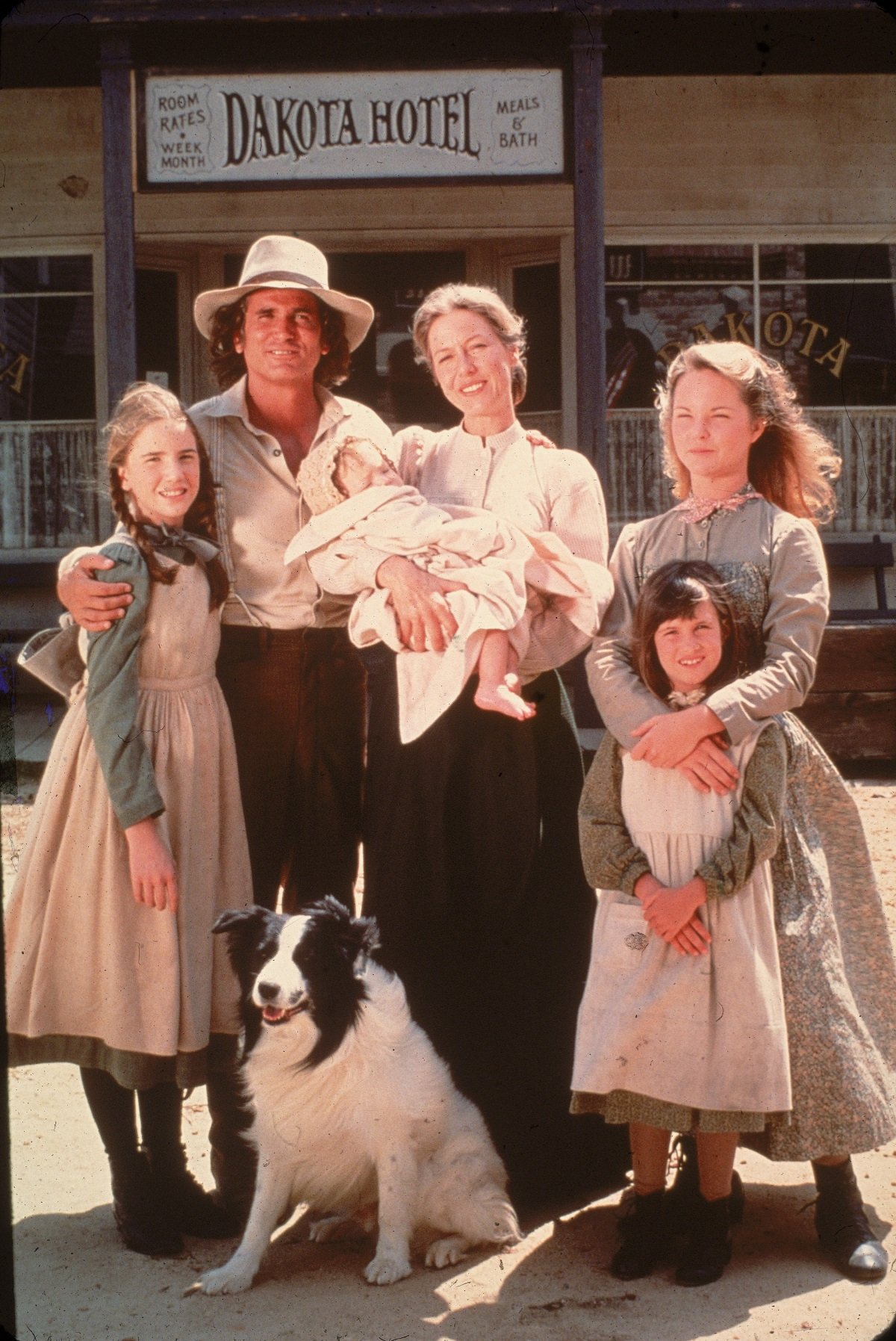
Landon and others remembered the ending somewhat differently
While Gilbert claimed that the series’ explosive ending was a deliberate, passive-aggressive move by Landon, he said differently – as did Little House on the Prairie producer Kent McCrary.
McCrary told PrairieFans.com (via CBR) that the decision to “blow up the town” was more about contracts than revenge. He rented the land and property for the Little House on the Prairie set from a developer in Newhall, California. His agreement stated that he had to return the property to its original state after filming ended. One way to do that, he and Landon agreed, would be to blow up the buildings in the last scene so that the debris could be more easily swept away.
According to CBR.com, Landon told The New York Times a similar story in 1984. He also said that the ending was more about “catharsis for the cast and crew” than vengeance. However, he did agree that he didn’t want to see the Little House set being used for other productions, so it’s still somewhat unclear as to what the true meaning of the ending might have been at the time.
